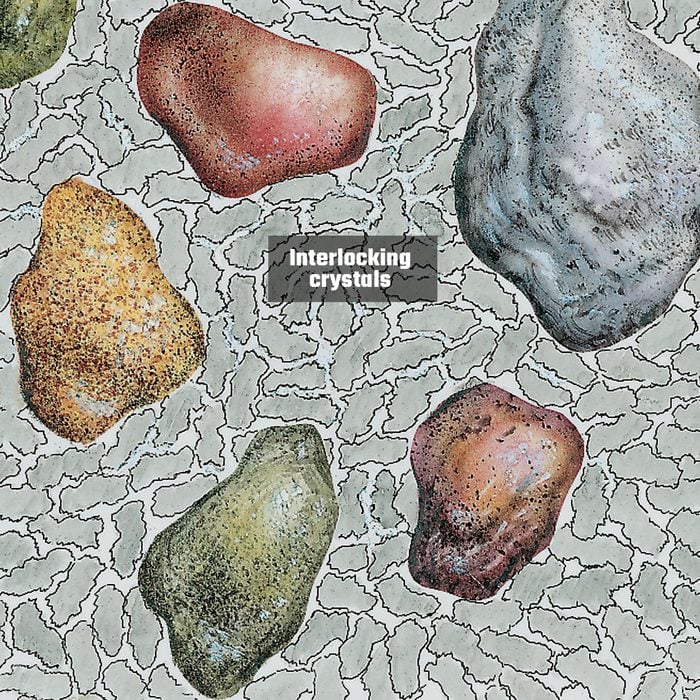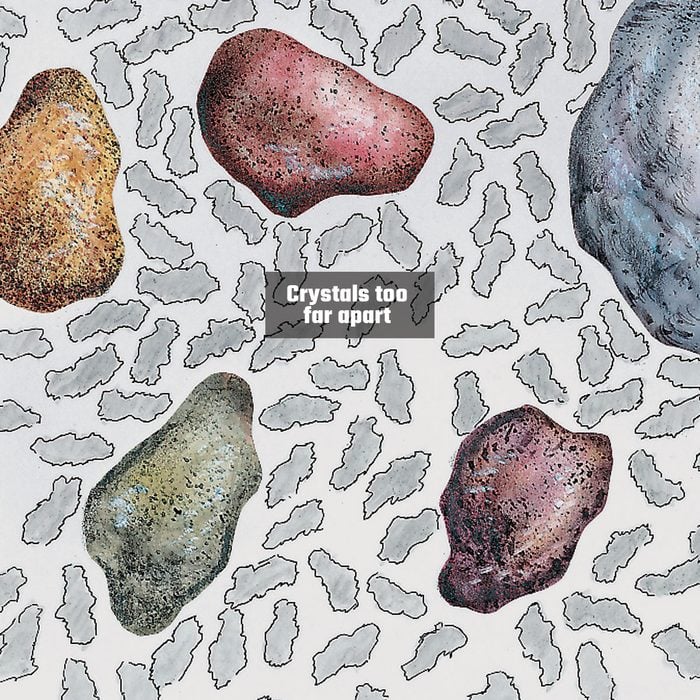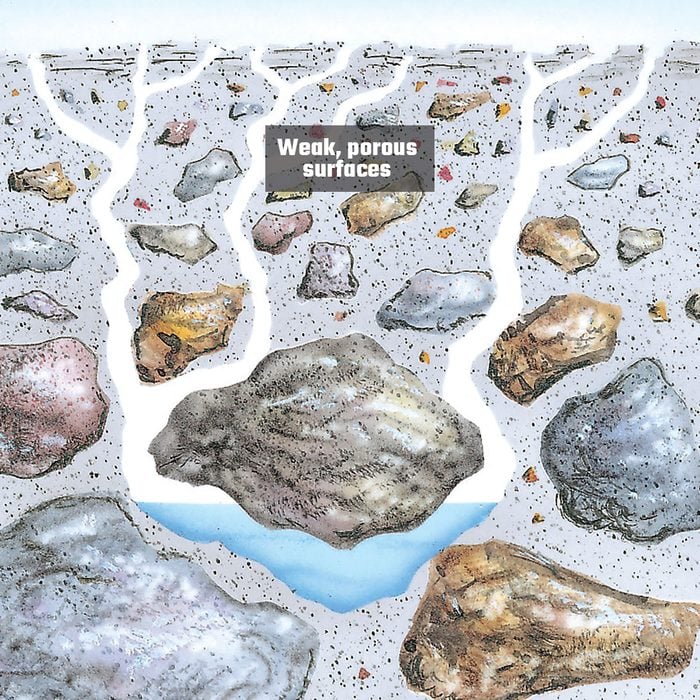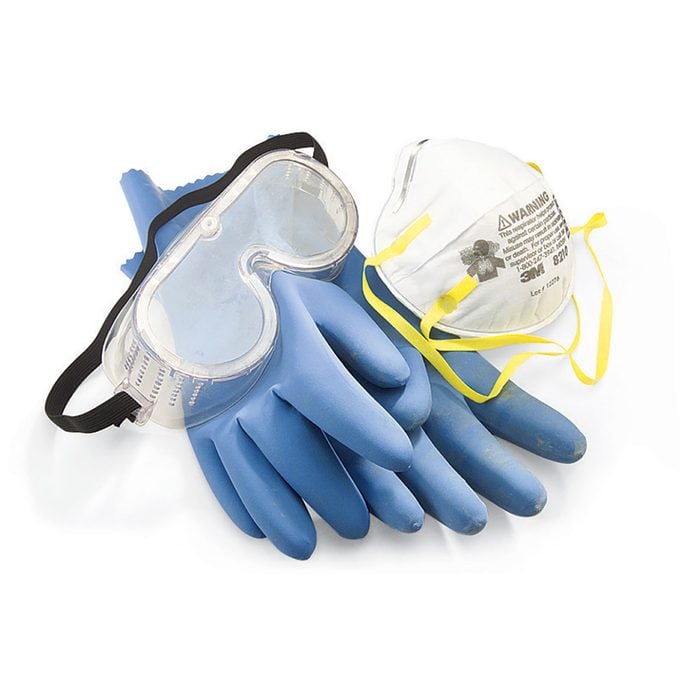
What Is the Recipe for Concrete?
Most people say “cement” and “concrete” interchangeably. But they’re not the same thing. Cement is just one of the ingredients in concrete, and if you ask for cement at the lumberyard, you might get a bag of actual Portland cement.
Aside from cement, concrete contains sand and stones. Those stones, or “aggregate,” are a carefully measured mix of various sizes. Small stones fill in the gaps between larger ones, and sand fills in between them. Cement is the glue that holds it all together.

Water Makes Concrete “Work”
Cement is mostly limestone that’s been ground up and superheated. Adding water causes a chemical reaction; microscopic crystals develop, grow and interlock, binding the aggregate together and forming a rock-hard mass.

Too Much Water Makes It Weak
It’s tempting to add extra water to make concrete easier to work with or to soften concrete that has begun to harden. But don’t do it. With too much water, cement crystals develop too far apart, leaving concrete weak and porous.

Don’t Overwork It
To finish the surface, concrete is first “floated” with a float, sometimes called a “mag”. This pushes the aggregate down and pulls fine sand and cement to the surface—just what you need to form a smooth, troweled finish or a rough-broomed finish later. But limit float work to two or three passes. Too much floating leaves a topping of watery cement, and that means a weak, porous surface. Too much troweling causes the same issue.

Simple Safety Facts
Cement is caustic, which means it can cause anything from dry skin to nasty burns that require medical attention. Wear gloves and protect your eyes. Concrete dust is bad for your lungs. So strap on a respirator while mixing or cutting it.

Keep It Wet Longer to Make It Stronger
Concrete will continue to harden until it dries out completely. That’s why some pros use blankets, plastic sheets or spray-on coatings to retain moisture. Since most of the strength gain takes place in the first few days, experts often recommend a “wet cure” of three to seven days. Typically, concrete is considered fully cured after 28 days.